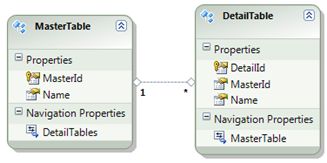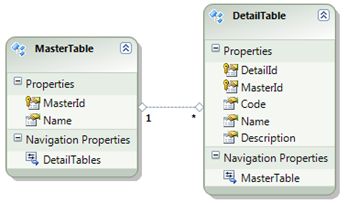Today we will prepare our SharePoint 2013 development environment to deploy app to your local machine.
So if you have a clean Virtual Environment with Windows Server 2008 R2 dacacenter, SQL 2008 R3, SharePoint 2013 instance, as I do, I suppose after that you have installed also Visual Studio 2012.
After that you opened your VS2012, made a new SharePoint Provider-hosted app and tried to deploy you got an error below, as I did, then you will need to set up App domain for SharePoint 2013:
Problem
@"Error 1
CorrelationId:
c81cc07a-7b17-4714-b831-8d5e8507d53a
ErrorDetail: Apps are disabled on this
site.
ErrorType: Configuration
ErrorTypeName: Configuration
ExceptionMessage:
Microsoft.SharePoint.SPException: Apps cannot be installed. Review the
diagnostic logs for more details regarding app deployment failures.
at
Microsoft.SharePoint.Utilities.SPUtility.ThrowSPExceptionWithTraceTag(UInt32
tagId, ULSCat traceCategory, String resourceId, Object[] resourceArgs)
at
Microsoft.SharePoint.Packaging.SPUserCodeSolutionDeploymentGroup.Deploy()
at
Microsoft.SharePoint.Administration.SPAppTask.DeployOperation()
at Microsoft.SharePoint.Lifecycle.MonitoredTaskExecution.DoTask()
Source: AppWeb
SourceName: App Web Deployment
Error occurred in
deployment step 'Install app for SharePoint': Failed to install app for
SharePoint. Please see the output window for details.
If you look in ULS log and find the correlation ID you will see the followoing message:
Returning error with exception information. Type: Configuration, Source: AppWeb, Detail: Apps are disabled on this site., Correlation: c81cc07a-7b17-4714-b831-8d5e8507d53a, Exception: Microsoft.SharePoint.SPException: Apps cannot be installed.
Solution
Set-SPAppDomain
"greatsolution.com"
$cred = Get-Credential
$account = New-SPManagedAccount -Credential $cred
$appPoolSubSvc = New-SPServiceApplicationPool -Name SettingsServiceAppPool -Account $account
$appPoolAppSvc = New-SPServiceApplicationPool -Name AppServiceAppPool -Account $account
$appSubSvc = New-SPSubscriptionSettingsServiceApplication –ApplicationPool $appPoolSubSvc –Name SettingsServiceApp –DatabaseName SettingsServiceDB
$proxySubSvc = New-SPSubscriptionSettingsServiceApplicationProxy –ServiceApplication $appSubSvc
$appAppSvc = New-SPAppManagementServiceApplication -ApplicationPool $appPoolAppSvc -Name AppServiceApp -DatabaseName AppServiceDB
$proxyAppSvc =
New-SPAppManagementServiceApplicationProxy
-ServiceApplication $appAppSvc
Set-SPAppSiteSubscriptionName
-Name "app"
-Confirm:$false
Now you can deploy you APP
NOTE: You can only deploy apps for SharePoint from Visual Studio 2012 to a Developer Site.
Add your isolated app domain to your bypass list in Internet Explorer
1. In
Internet Explorer, go to Tools.
2. Choose
Internet options.
3. On
the Connections tab, choose the LAN
Settings button.
4. Clear
the Automatically detect settings check box.
5. Select
the Use a proxy server for your LAN check box.
6. Choose
the Advanced button, and then add *.YourAppDomain.com
to the Exceptions list.
7. Choose
the OK button.
8. Choose
the OK button to close the Local
Area Network (LAN) Settings dialog box.
9. Choose
the OK button to close the Internet
Options dialog box.
URL to microsoft site :
Have a good day!!!! :)




